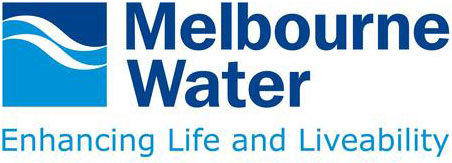resource library
ArrayStream restoration in urban catchments through redesigning stormwater systems
19/10/2005
Studies of urban impacts on streams in Melbourne, Australia, using ecological indicators revealed the primary degrading process to streams in many urban areas is effective imperviousness (EI), the proportion of a catchment covered by impervious surfaces directly connected to the stream by stormwater drainage pipes. The direct connection of impervious surfaces to streams means that even small rainfall events can produce sufficient surface runoff to cause frequent disturbance through regular delivery of water and pollutants. Where impervious surfaces are not directly connected to streams, small rainfall events are intercepted and infiltrated. Alternative drainage methods, which maintain a near-natural frequency of surface runoff from the catchment, were identified as the best approach to stream restoration in urban catchments
